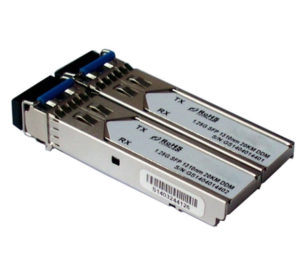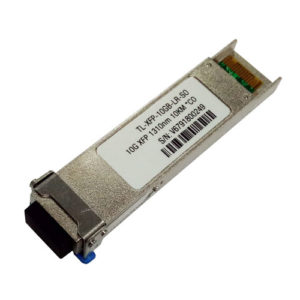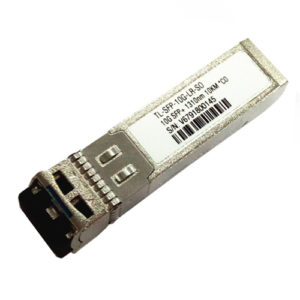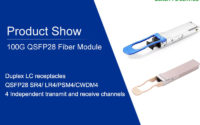What is the BIDI Fiber Optical Transceives and How to choose it?
BIDI-SFP optical module: BiDi (Bidirectional) means single fiber bidirectional. It uses WDM (wavelength division multiplexing) technology to transmit and receive different center wavelengths in two directions, thereby realizing a bidirectional transmission of optical signals in one fiber. A general optical module has two ports, a TX transmitting port and an RX receiving port, but the BIDI optical module has only one port, which is filtered by a filter in the optical module, and simultaneously performs transmission of a 1310 nm optical signal and reception of a 1550 nm optical signal, or in contrast. Therefore, BIDI modules must be used in pairs. Its biggest advantage is to save fiber resources.
The Working Principle of BIDI Fiber Optical Transceivers
BiDi optical modules are equipped with wavelength division multiplexing (WDM) couplers, also known as duplexers. To operate effectively, BiDi optical modules must be used in pairs by tuning the duplexer to match the desired wavelength of the transmitter and receiver. The operating wavelengths of the two duplexers must be complementary and consistent. For example, if a paired BIDI optical module is connected to device A (upstream) and device B (downstream), then the duplexer of optical module A must have a receive wavelength of 1550 nm and an emission wavelength of 1310 nm. The duplexer of optical module B must have a receive wavelength of 1310 nm and an emission wavelength of 1550 nm.
The Types of BIDI Fiber Optical Transceivers
BIDI SFP Transceivers: TARLUZ SFP Transceiver series with various types of different applications like SONET/SDH, xWDM, Ethernet, Metro Network, Wireless Network and Transmission network.

10G BIDI XFP Transceivers: TARLUZ 10G-Base BIDI XFP Modules with single LC fiber interface is specially designed for 10 Gigabit Ethernet (10GbE), 10 Gigabit Fibre Channel over Ethernet (10Gb FCoE) or OC-192/STM64 SDH/SONET high-speed applications of up to 11.3 gigabits per second. It complied with the Multi Source Agreement (MSA) standard INF-8077. This XFP Transceivers Single Moe fiber up to 80km. TARLUZ XFP BIDI Transceivers can be used in various hardware systems, e.g. in switches, servers, HBA’s, etc.

10G Bidi SFP+ Transceivers: TARLUZ BIDI SFP+ transceivers are designed for bi-directional 10G serial optical data communications such as IEEE 802.3ae 10GBASE-BX by using 1330 (1270) (1490nm) transmitter and 1270(1330) (1550nm) receiver. The transceiver consists of two sections: The transmitter section uses a multiple quantum well 1330(1270) nm DFB laser and is a class 1 laser compliant according to International Safety Standard IEC 60825. The receiver section uses an integrated 1270 (1330) nm detector preamplifier (IDP) mounted in an optical header and a limiting post-amplifier IC.

The Differences of BIDI Transceivers and Common Transceivers
- The single-fiber bidirectional optical module adopts WDM technology, and the dual-fiber bidirectional optical module is not used;
- Single-fiber bidirectional optical modules need to be used in pairs. Dual-fiber bidirectional optical modules are not required.
- The structure of the single-fiber bidirectional optical module is more complicated than that of the dual-fiber bidirectional optical module, and the optical splitter needs to be introduced on the optical module;
- Only one fiber is required between the single-fiber bidirectional optical modules, and the two-fiber bidirectional optical module requires two.
How to Choose two Different Types of Transceivers?
The single-fiber BiDi optical module is more expensive, but it saves fiber resources and only needs one fiber, which is a better choice for users with insufficient fiber resources. The structure of the single-fiber BiDi optical module is more complicated than that of the ordinary dual-fiber bidirectional optical fiber module, and the optical splitter needs to be introduced on the optical module.
A dual-fiber module does not need to be paired. Any two optical modules can be connected. The price is cheaper than that of a single-fiber BIDI optical module. However, you need to use one fiber. If the fiber resources are sufficient, you can select a dual-fiber module.


